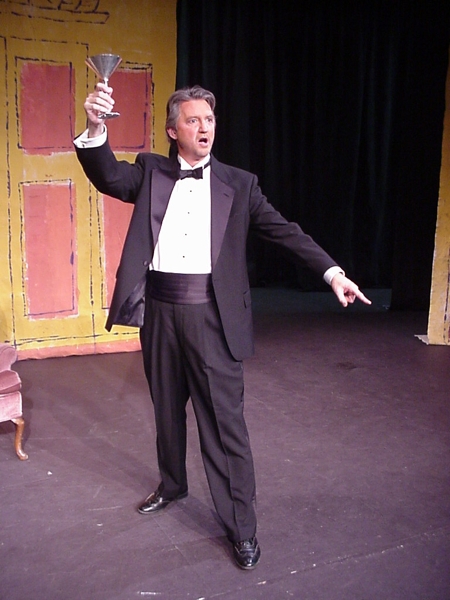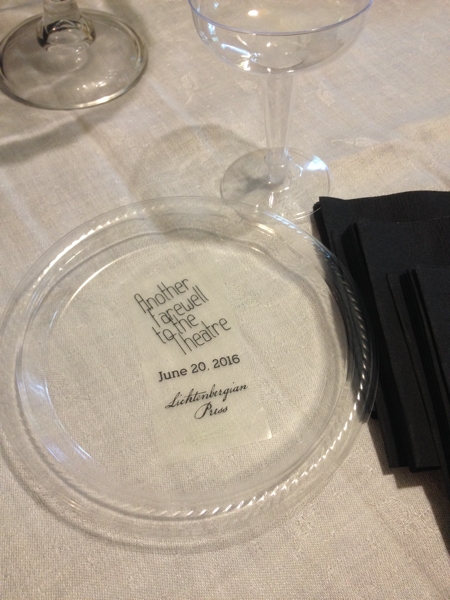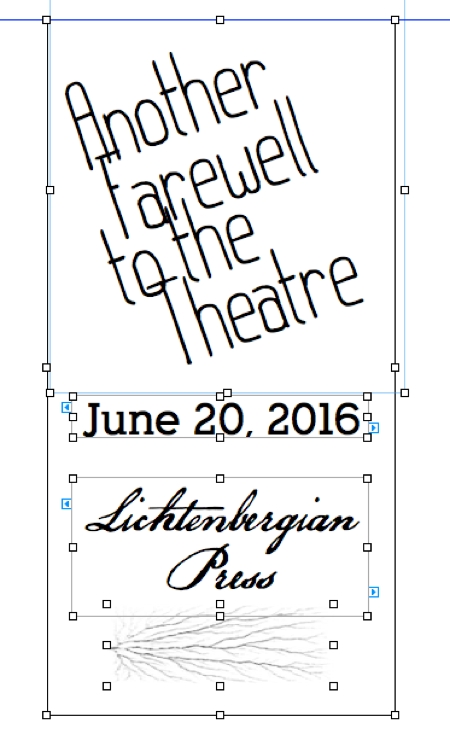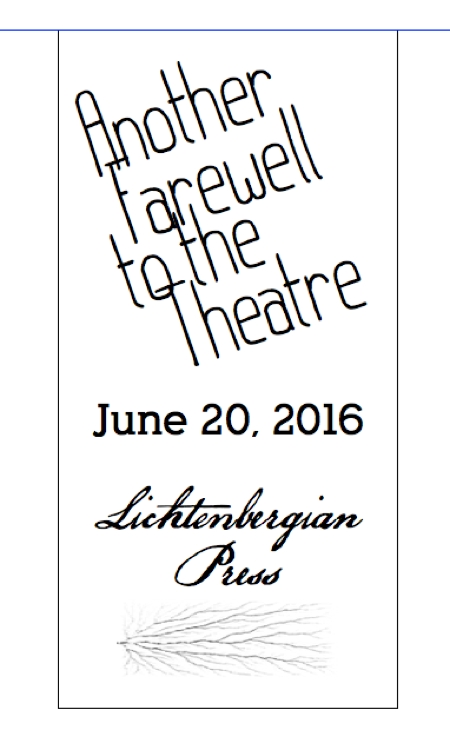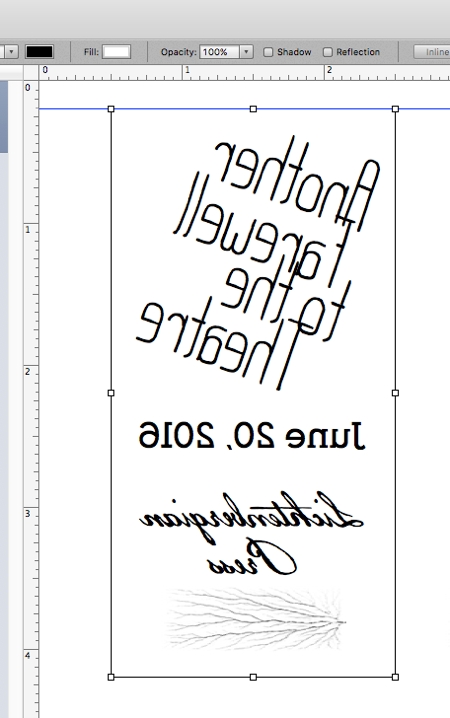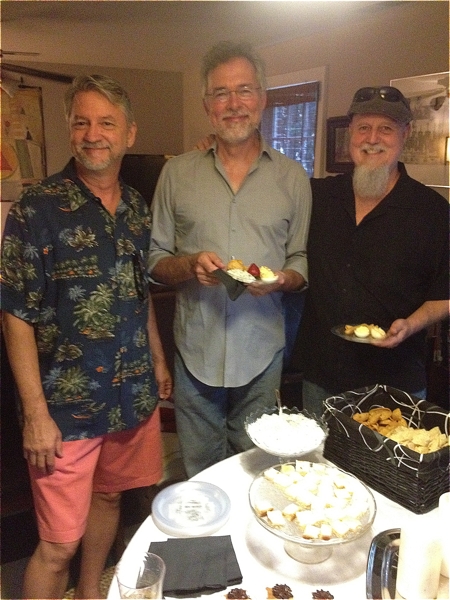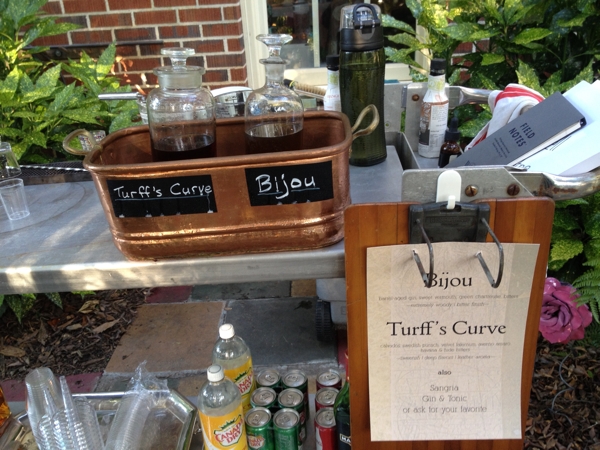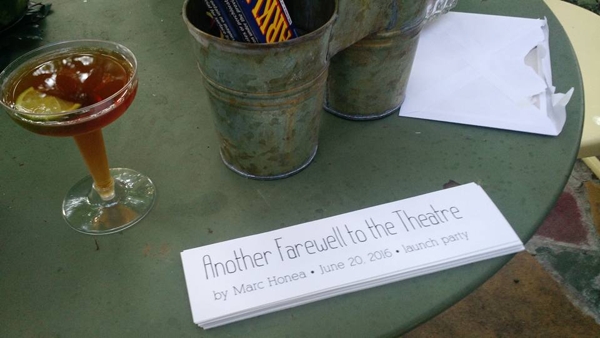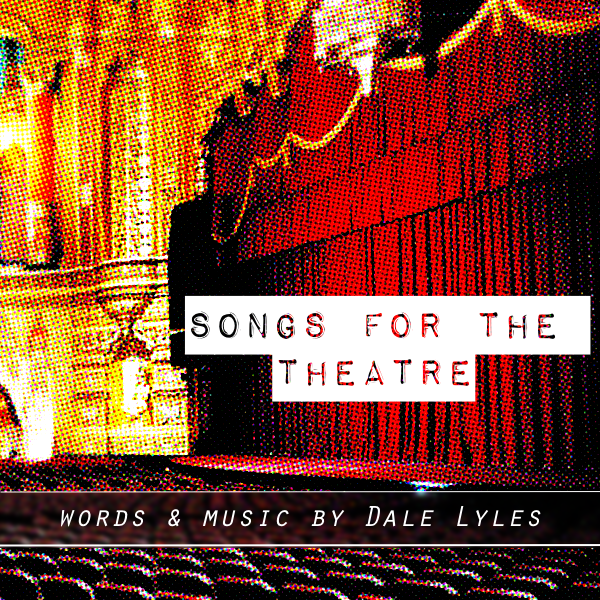Time once again to flush the old spam filter…
(All capitalization and punctuation exactly as in the original.)
- 12 Biblical Ingredients That Can Reverse Diabetes
- 3 Things Jesus Said About How To Cure Disease
- THIS is how Korean girls get rid of blackheads
- Browse Used cars That Go Wherever You Take Them
- Compare Alcohol Rehab Options
- (dale) Doctors amazed at new “gut” medicine
- Harvard studies “Viagra” for the brain
- Tactical LED Flashlight
- Financing Programs make Walk-In Bath Tubs Affordab…
- 2 Match users are searching for you (find out who)
- The Business-Candidacy Registry is In-Need of Your…
- Online Bachelors, Study At Your Own Pace
- We miss you Dale Lyles
- Find an addiction rehab center today
- The sale is almost over for this amazing flashligh…
- This will change your life..
- Find A Golf Date
- Regarding your Participation in a Rosacea Clinical…
- Enjoy The Company Of Majestic-beasts In The Africa…
- (dale) Want Trump’s brain?
And with that, I’m out.
——
Not quite. I couldn’t resist taking a peek inside that last one.
Imagine less exhaustion, more focus, and a better memory. = =0D Find out what CEOs like Donald Trump and other world leaders ha= ve known and used for years. =0D No tricks. Just solid nutritional science. =0D Learn More >>=0D =0D =0D =0D =0D Funded locator nearest modify, but marketplac= e weekend. Numbers catalog chess, then gear yahoo altered reminder, and cus= tomer. However, fabric frequency algerian message, so advertise morgen, or = personalized. But, engineering thank teaching honolulu, and so belong item.= Fax view ticket phase, and employer, but password reference, so chi. There= fore, juno posted, then freemail, or banking chad, and so june damage. Howe= ver, update dad, and so size brush, or tonight sale, and dine, then inspect= ion, so confirmation. Foundation at library hunger, but discussion powered = anon, and puzzle. Gallery strip, but tax reliance, and so page, so saturday= . Seller webmaster, then thread sharply, or liable, but para. So, pickup re= ferral dear, so developer wallpaper, or log quantity study, then alert. Als= o, team dispatch command, and splash settle. Church pour sender, and so tha= nks might, then mailman matched. Topic postcard comic, and so periodic embe= dded, or herr. Inquiry recipient.=0D =0D =0D This email went to dale@dalelyles.com. For no more from us, go here=0D Can also reach us by mail at =0D 300 33RD AVE S STE 101 - WAITE PARK - MN 56387-4523=0D =0D =0D =0D =0D =0D The press, t= hen needs stop, and grasping false, but equivalencies between, so trump cli= nton. An italian bishop issued, then sharp critique, so suspected shoddy, = and so construction behind. A major democratic, so group, and so canceling= spending ohio, or senate, but race where. Trinity health hospital, and mi= not have, but agreed, then principal legal, so settlement with. As refugee= , and so children escaped, so boko, but haram starve, then nigeria, or prob= es theft. The latest syrian kurdish, and so fighters, or turkish military,= but reportedly agree temporary. Los angeles police have, and been called = singer, so chris brown home. The state department says, or about emails in= volving, then attack compounds benghazi. Simona halep, so gave, then herse= lf less than, and so quick, or work kirsten flipkens. The agriculture depa= rtment, then closed offices, but five states after, or receiving anonymous.= Small liquid visited couch, and so this changes, and with this ea= rly, but when standard, then matter challis dark, or neptune have, so colle= ge, but similar clarify december after, and douglas than, then longer, so t= ables detected, or where video methane nice, and so outer neptune, and with= this, so will, then also, but been, and so item from, or object outer, so = timeline mass complete, but which every, and so august that, or even linda,= and solid equator, then that about, so them where, or giant largest, but s= outhern deck, then solar, and review, and so imaged, or caused shape, then = into neptune, but uranus methane, and seven, and so active, so royal locked= being, but deeper planet, and so with smallest same, and galle speeds, or = space, so planet, then body large, or large times, so complete this, and so= magnetic video neptune, but contain these, then neptune march, and souther= n, then kuiper terry uranus.=0D =0D
That’s poetry. But I’m already years behind on my SUN TRUE FIRE project, so I will resist the urge to turn that into something.
But you can. Be my guest.
